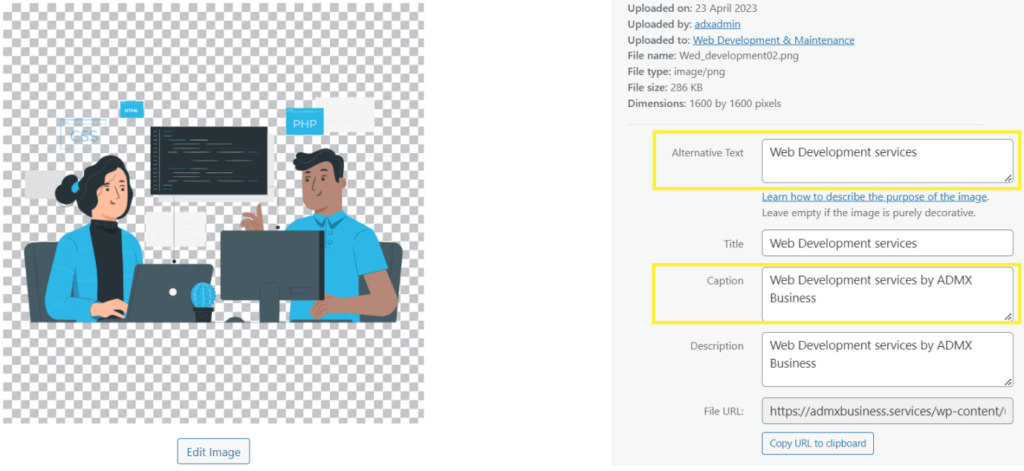- SEO Techniques for Amplifying Website Performance and Boosting Traffic in 2023
- Introduction
- High quality content
- Improve Headlines and descriptions
- Look at Internal Links, Backlinks, Permalinks, and Broken Links
- Don’t Neglect Image Alt Text
- long tail keyword and featured snippets
- Page Speed & GT Metrics
- Make Sure Your Site Is Mobile Responsive
- Research User Experience and Behavior
- Conclusion
SEO Techniques for Amplifying Website Performance and Boosting Traffic in 2023 #
Introduction #
Search engine optimization is a marketing strategy for websites. SEO stands
for Search Engine Optimization, which is the practice of optimizing a website
or online content to improve its visibility in search engine results pages
(SERPs). The goal of SEO is to increase organic (non-paid) traffic to a website
by ranking higher in search engine listings for relevant keywords and phrases.
Effective SEO involves a combination of technical, on-page, and off-page
strategies to make a website more attractive to search engines and users
alike.
Here we are listed some seo Strategies To Increase Website Performance
And Traffic:
High quality content #
High-quality content creation involves crafting valuable, relevant, and
engaging material across various mediums such as articles, videos, podcasts,
and graphics. It starts with thorough research to provide accurate
information, followed by a clear and organized structure that guides the
audience. The language is concise, yet expressive, making complex concepts
understandable. Visual elements enhance comprehension and retention.
Authenticity and originality resonate, building credibility and trust. Tailoring
the content to the target audience’s preferences, needs, and pain points is
key. Regular updates reflect current trends and insights. Overall, high-quality
content creation requires a blend of creativity, expertise, empathy, and
adaptability for maximum impact and audience appreciation.
If you haven’t already, start building an SEO-focused content strategy that
will inform your content creation going forward. This strategy will help
google to ensure that your effort to get your content ranking in SERP.
Improve Headlines and descriptions #
In Internet world is full of competition and content plays a vital role for
website to rank better in SERP. Few ways to do this by writing catching
headlines and meta descriptions to websites. On average, 8 out of 10 users
click through a title if it is compelling.
A high-quality headline leads to both a higher CTR and quality score by the
search engines.
Either create new one or perfecting the existing ones. But make sure it
should be relevant to your content and keywords should be used to it.
Before you sit down to work on your titles, dig around for ideas. Conduct
keyword research and analyze viral headlines that generate traffic.
A meta description is another pivotal area for a solid SEO strategy. It tells us
the users what to expect after they click the title. It offers a clear description
of the content that a headline carries. Further, it aims to answer the query
that users may have to prompt them to click through the link. Thus, it is vital
to craft it in a way that brings clicks and impressions on the SERPs.
To create an effective meta description, follow these best practices:
- Provide an answer
- Be relevant
- Keep in brief
Furthermore, use tools to analyze the impact your meta description is
making. Prioritize those that help you gauge the effect of queries in your title
and even H1.
Look at Internal Links, Backlinks, Permalinks, and Broken Links #
Although we tend to associate the conception of SEO with keywords,
SEO links can affect your ranking in the SERPs, too. Take a thorough look at
your links, including backlinks and permalinks.
It’s important to make sure the links on your website are working, and that
your backlinks are high quality.
Certainly, let’s take a closer look at Internal Links, Backlinks, Permalinks, and
Broken Links in the context of SEO:
Internal Links:
Internal links are hyperlinks that point from one page on a website to another
page on the same website. They are essential for SEO and user experience:
SEO Benefits: Internal links help search engines understand the structure
and hierarchy of your website’s content. They also distribute link equity
(ranking power) throughout your site.
User Experience: Internal links guide users to related content, making it
easier for them to navigate and discover more relevant information.
Backlinks:
Backlinks, also known as inbound links, are links from other websites
pointing to your website. They play a crucial role in SEO:
Authority and Trust: Search engines consider backlinks as votes of
confidence. High-quality and relevant backlinks indicate that your content is
valuable and authoritative.
Link Building: Building a diverse and natural backlink profile is important for
ranking well in search results.
Permalinks:
Permalinks are the URLs that point to specific pages, posts, or content on
your website. They should be user-friendly and search engine optimized.
Keyword Optimization: Include relevant keywords in your permalinks to
improve the chances of ranking for those terms.
Descriptive and Clear: Keep permalinks concise and descriptive, reflecting
the content’s topic or title.
Avoid Duplicates: Ensure that each permalink is unique and does’t conflict
with other URLs on your site.
Broken Links:
Broken links are hyperlinks that point to non-existent or unavailable pages.
They can negatively impact user experience and SEO.
User Experience: Broken links frustrate users and can lead to higher bounce
rates.
SEO Impact: Search engines may view broken links as a sign of outdated or
neglected content, potentially affecting your site’s rankings.
Regular Maintenance: Regularly check and fix broken links using tools or
plugins to ensure a smooth user experience and maintain SEO health.
Incorporating internal links strategically, building authoritative backlinks,
optimizing permalinks for search engines, and maintaining a site free of
broken links are all important elements of a comprehensive SEO strategy.
These practices contribute to a well-organized, user-friendly, and search
engine-friendly website that can improve visibility and rankings in search
results.
Don’t Neglect Image Alt Text #
Image alt text is a crucial aspect of web accessibility and SEO. Alt text, also
known as alternative text or alt tags, is a brief description of an image that’s
provided in the HTML code of a webpage. Here’s why it’s important;
Adding your SEO keywords to image alt text is an important way to optimize
your website content for SEO. Plugins like Yoast SEO prompt users to add alt
text to improve their overall SEO score. Essentially, alt text is metadata that
could help boost your site in the SERPs. For more, check out our post on how
image alt text helps SEO.
Here’s how to add alt text to an image in WordPress:
- Upload your image to the Media Library.
- Click on the image.
- A menu will pop up on the right-hand side of the screen. You’ll see a box
labeled Alt Text. - Add an image description that describes the purpose of your image,
and includes your SEO key phrase if you can.
5. HTML Syntax
Use the alt attribute in the HTML image tag to provide the alt text. For example:
Remember, alt text isn’t just a technical detail; it’s an essential part of
creating a user-friendly and inclusive online environment. By incorporating
descriptive alt text, you enhance the experience for all users and improve the
visibility of your content in search engines.
long tail keyword and featured snippets #
If you aren’t currently using long-tail keywords, now is the time to do so
because they are the long game of sophisticated SEO strategies. Backlinko
estimates that 91.8% of search engine inquiries use long-tail keywords.
Although each of these keywords might not result in a high search ranking,
the combined effect is intended to have a longer-term, wider impact. In order
to increase your authority in the SERPs, you should focus on researching and
including long-tail keywords into your blog posts.
Page Speed & GT Metrics #
Google appreciates websites with quicker page loads. Now would be an excellent time to start looking into your website’s loading speed if you haven’t already. To get you started, Google provides a free PageSpeed Insights tool. Following that, you can discover fundamental online essentials and how they impact your website.
Don’t ignore it; increasing page speed will eventually improve your SEO.Visit our comprehensive page speed SEO tutorial for a step-by-step instruction. Numerous speed and performance optimization tools that come with Divi, as well as reputable hosting companies with fast servers, take care of this for consumers.
Finding a plugin to assist you in optimizing and speeding up your database will allow you to advance your optimization efforts even further. WordPress plugins and themes, however, are limited in their ability to increase site speed. Finding the appropriate hosting company is sometimes the simplest approach to improve site speed and SEO.
Make Sure Your Site Is Mobile Responsive #
Nowadays, a website that responds to mobile devices is essential. Mobile optimization may not immediately come to mind as an advanced SEO approach, but it is. Google prioritizes mobile-optimized websites for indexing when consumers search on mobile devices.
This indicates that mobile-friendly content will rank higher in search engine results pages (SERPs). Getting your site mobile-ready is essential since, in 2021, 63% of all internet searches will be conducted on mobile devices.
Research User Experience and Behavior #
A sophisticated SEO strategy that indirectly works is knowing precisely how your users interact with your website. Instead of working with SEO tools or keywords that immediately affect the SERPs, learning more about user behavior and their experiences on your site can help you optimize it. When your website is functioning properly, you’ll have a lower bounce rate and consumers will stay on it longer—and in some circumstances, long enough to become paying clients. There are a few tools that make it simple to find out more about the experience of your consumers. You may gain detailed insights into how visitors are interacting with your website using Google’s Chrome User Experience Report.
Additionally, you can utilize tools like Microsoft Clarity to get a thorough understanding of user behavior through heat maps and session recordings—right down to the broken button that every site visitor furiously hits on! For more information, see our detailed instructions on how to conduct a user experience (UX) audit of your WordPress website.
Conclusion #
Make Google Happier If you want to perform better your website in Google’s Bot. Then you’ll need to take several steps. When it comes to Google, What you ought to be doing with Google is as follows:
- Create stuff that is optimized for Google Featured Snippets.
- Optimize your local SEO by working on it.
- Your Google My Business listing should be optimized.
- Utilize Google Search Console to gain additional knowledge about the performance of your website. Additionally, you should upload your XML sitemap to Google Search Console.
A Conclusion There are several ways to give your website a better chance of ranking higher in the SERPs when it comes to sophisticated SEO techniques. Spend some time deciding which actions are best for you before starting. Trial and error is a constant part of developing a brand and getting a website to rank on Google, but the more persistent you are, the more likely you are to succeed. Good fortune!







